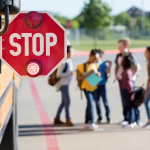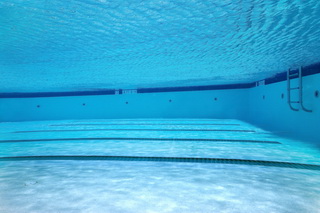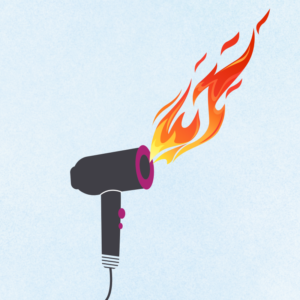In the next few weeks, thousands of families and teens will descend upon America’s theme parks for one last summer adventure before the kids have to head back to school. A day at the amusement park conjures up images of nonstop fun in the sun including the tremendous adrenaline rushes that come from riding roller coasters and other rides which exist to thrill and terrify in the best possible way, prompting screams galore and warning the faint of heart to keep their distance. Over the years, parks continue to attract patrons by introducing increasingly more exciting rides that go hundreds of feet in the air and at shockingly high speeds, trying to outdo each other. In March of this year, one such ride proved fatal to a fourteen-year-old boy at Icon Park in Orlando, that since December of 2021 has been home to the new “world’s tallest freestanding drop tower”. The tower stands at 430 feet high, reaching a speed of 75 mph during the drop (as if that’s not enough, the seats tilt downward briefly at a 30-degree angle at the peak)!
As is the case with plane crashes and shark attacks, amusement park accidents are extremely rare, but when they occur, these events capture our collective attention and dominate the news cycle, shaking people’s confidence and leading them to question the overall safety of such thrill rides. In fact, these rides are remarkably safe. In 2019, the trade group International Association of Amusement Parks and Attractions (IAAPA) estimated that there were about 3.7 injuries per million visitors. That’s injuries, not fatalities – the vast majority of which were folks with pre-existing conditions that could not be blamed on the rides, but merely happened on or around them (after disembarking, for example). According to IAAPA data, the chance of suffering a serious injury on a ride in an amusement park in the U.S. is 1 in 15.5 million rides taken (https://bmwlawgroup.com/amusement-park-injury-statistics/). The chance of being hit by lightning? 1 in 775,000. According to the National Sporting Goods Association, the injury rates for golf, billiards, fishing and camping are higher than amusement park rides. And, while coaster heights and speeds have been rising, G-forces have remained relatively constant and well within tolerable levels, says Arthur Levine of tripsavvy in his article “How Safe are Roller Coasters and other Rides? (https://www.tripsavvy.com/how-safe-are-roller-coasters-3224563).
In the recent Icon Park incident, all indications point to operator error, as opposed to a structural or engineering defect; the youth’s harness was misadjusted, allowing him to slip out and fall to his death. (It is worth noting that he was previously turned away from other rides that day due to his very large size, and that he far exceeded the maximum weight limit for such rides in other countries). Despite the inherent safety of the rides, which are designed, developed, built and exhaustively tested by design teams of hundreds of engineers, the safety threshold remains so high that no one expects (or tolerates) a mishap. There is arguably still room for improvement regarding strategies to ensure even more safety checks and balances. For example, many rides — including the Icon tower – do not have seatbelts in addition to the harnesses that lock in over the torso.
In the nuclear engineering industry, design incorporates redundancy which, simply put, refers to the process of always having back-up failsafe systems which kick in when something goes wrong. Every engineering design is peer reviewed by multiple engineers who consistently look for ways to improve the operational safety of every aspect of the project. As an example, amusement parks designers could mandate the addition of seatbelts to the protective harness equipment, as is the case in some parks around the world. With a greater amount of critiquing, questioning and testing safety features and systems, the less chance of failure and disaster.
Inadequate maintenance was the culprit in the June 2018 roller coaster derailment in Daytona which resulted in six serious injuries after a car dangled in the air for 45 minutes before its occupants were rescued, and one was thrown to the ground. In that case, engineers determined that excessive speed was the primary cause. Upon further examination, they found rust on the tracks, evidence of previous derailments and even some pre-existing issues with the seatbelts. No fatalities occurred, and there have not been any such accidents anywhere since.
Statistically speaking, the most dangerous ride by far on any given visit to an amusement park is the automobile ride to and from the park. So don’t be afraid to head out with the family for a special late summer day of thrills and chills! You and your loved ones are less likely to be injured than in a pick-up game of basketball!





